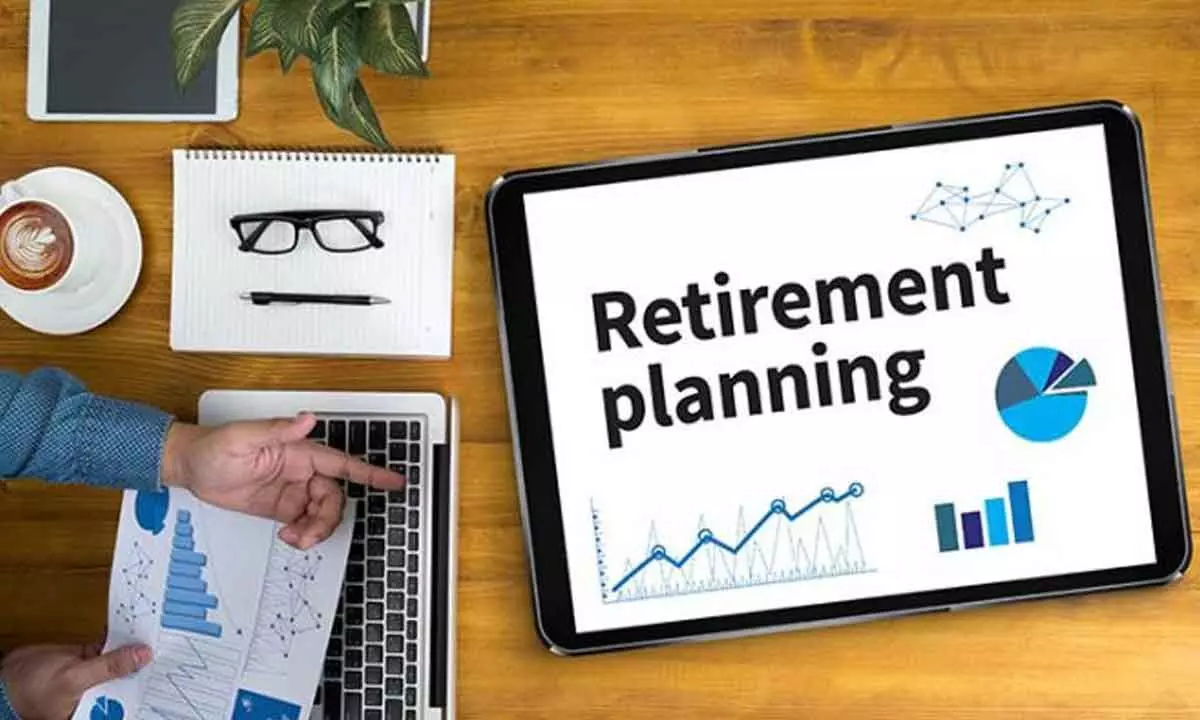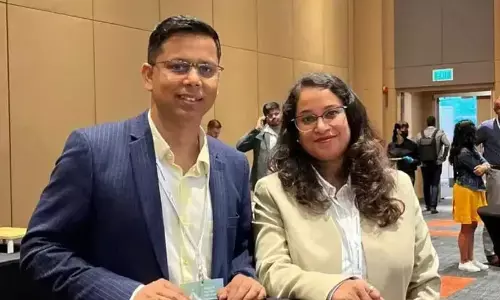Retirement planning: How to manage sequence of returns risk

The best way to ensure this risk is muffled is through diversification. The other is to opt for rebalancing of portfolio at least as one moves towards the goal
The world is aging and according to the UN, for the first time in history, there are more grandparents and elders in the world than young children. As per the data of '18, the number those of over 65 has surpassed that of under age of 5. In the US, those over 65 outnumber those under 15 by 2024 and this is not endemic as the historic reversal would happen in Russia by '27, Australia by '28 and China by '29. India would follow suit soon thereafter in this changing dynamic. While this disparity is a stark reality of the future, the increased lifespans are a reality already with life expectancy reaching 85 in most of the western society and even in India touching 75.
We spend much of our productive age in wealth accumulation so that our dreams are achieved. Be it in children's education, their marriage, owning a house or property(ies) and of course a sizable corpus to ensure a comfortable retirement. Due to the emotion or assessibility of the need, most tend to achieve the requirements for needs other than retirement. Most are left underprepared in amassing the required corpus that could offset this changing dynamic of increase life expectancy and improved lifestyles.
In general, the basic tenets of retirement corpus include that it takes care of our (earner & spouse included) lifestyle that includes possible higher medical expenditure, scope for hobbies like travelling, donations and may be flexible enough to enjoy an unexpected capital requirement (to be generous with grand kids, etc.) while hoping you leave an estate to the next generation.
This definition usually covers the risk of outliving the corpus, volatility in the markets (during the distribution phase) and even a bit of unplanned exigencies but how do we counter the sequence of return risk?
Sequence of return risk or sequence risk is the risk that an investor experiences due to the timing of the withdrawals during retirement or very late in the working lives. This risk could turn significant as retirees or people about to retire have very limited time to make up for the losses that are compounded by the simultaneous drawdowns of income distribution.
Though, if this risk is absent if the corpus is exposed to safer investments like government securities, etc. which generate predictable returns. The problem is if the exposure is to equity and market related assets.
Let me explain with an illustration. Consider the following annual returns of Nifty 50, these are actual returns, from 2015 till 2021 for the period of 7 years.
(The author is a co-founder of 'Wealocity,' a wealth management firm and could be reached at [email protected])




















